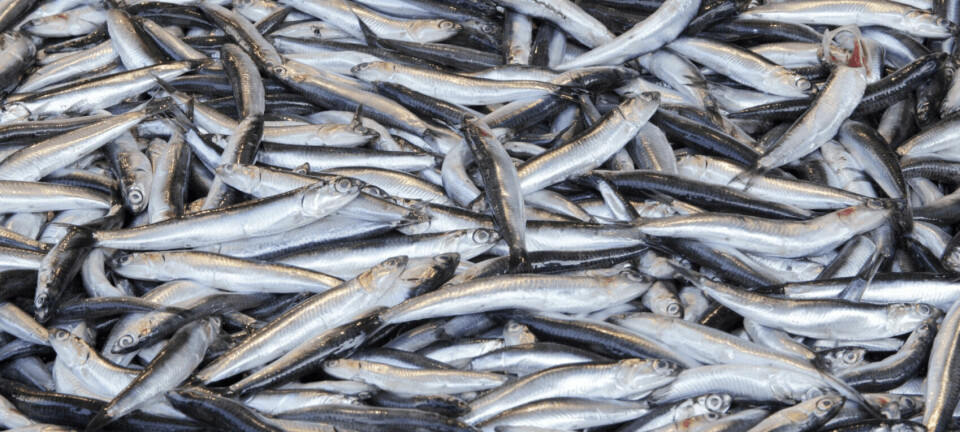
Weak krone drives Norwegian exports to new record
Norwegian seafood exports reached a record high in value for the first six months of this year despite the challenges of the coronavirus.

The export value of salmon increased by two per cent compared to the same period last year, while volumes remained the same.
Overall seafood exports were valued at NOK 52.9 billion, an increase in value of 3.5 per cent, or NOK 1.8 billion, measured against the first half of 2019.
Renate Larsen, CEO of the Norwegian Seafood Council, said: ‘Despite a very challenging spring with the corona crisis, we have still seen growth in seafood exports in the first half of the year.
‘Salmon, trout, herring and mackerel have increased the most compared to the first half of 2019. A weak Norwegian krone is the main factor driving growth.
Salmon fillet
‘Increased quotas for mackerel, increased production of trout and a turn towards more consumption of salmon fillet have also helped to raise export value.’
Seafood exports in June have also shown a growth in value, of five per cent to NOK 8.4 billion, compared with June last year.
Norway exported 501,000 tonnes of salmon worth NOK 35 billion in the first half of 2020. The export value increased by NOK 598 million, or two per cent, compared with the first half of last year.
The average price for fresh whole salmon increased from NOK 63.71 to NOK 64.62 per kilo.
Norwegian salmon exports in June show the same trend as the half-year figures, with 83,500 tonnes exported to a value of NOK 5.8 billion, an increase of three per cent or NOK 196 million, compared with June last year. There was also a two per cent rise in volumes exported in the month.
Poland, France and Denmark were the largest recipients of salmon from Norway in the first half of the year.
Corona crisis
Paul T. Aandahl, seafood analyst at the Norwegian Seafood Council, said: ‘Salmon exports were hit hard by the corona crisis, with reduced turnover in the restaurant sector, but since April we have seen an improvement in the situation.
‘Important markets such as Italy, the United Kingdom and France have moved towards normalisation of demand following a sharp fall in consumption in March and April.
‘The EU has overall increased its value share of total exports from 70 to 71 per cent in the first half, while exports of Norwegian salmon to Asia during the same period saw a slight reduction in value.’
Aandahl added: ‘Exports have varied widely from month to month and between markets. The largest variety has been China, with an almost stop in February.
‘Here we have seen a gradual growth up to and including May, before it again stopped in June after a flare-up of the corona virus and the introduction of strict restrictions that affected food imports into China.’
South Korea has been the most stable market in Asia with exports worth NOK 1.1 billion, an increase of 11 per cent in the first half of the year.
Market share
Gunvar L. Wie, fisheries envoy to Japan and South Korea for the Norwegian Seafood Council, said: ‘Norwegian salmon has a market share in South Korea of more than 80 per cent, and most of this is eaten in restaurants.
‘However, we now see a clear shift in the consumer market where more and more people order their food online and eat it at home for fear of corona infection.
‘Salmon sales to the hotel and restaurant industry are declining, while grocery retail sales are growing sharply.’
Norway’s seafood minister, Odd Emil Ingebrigtsen, said: ‘A new record for seafood exports in the first half of the year is both gratifying and impressive.
‘The seafood industry contributes to jobs along our entire coast. Even though the krone exchange rate plays in, the recent figures show that the industry has so far managed well through the corona crisis.’




















































